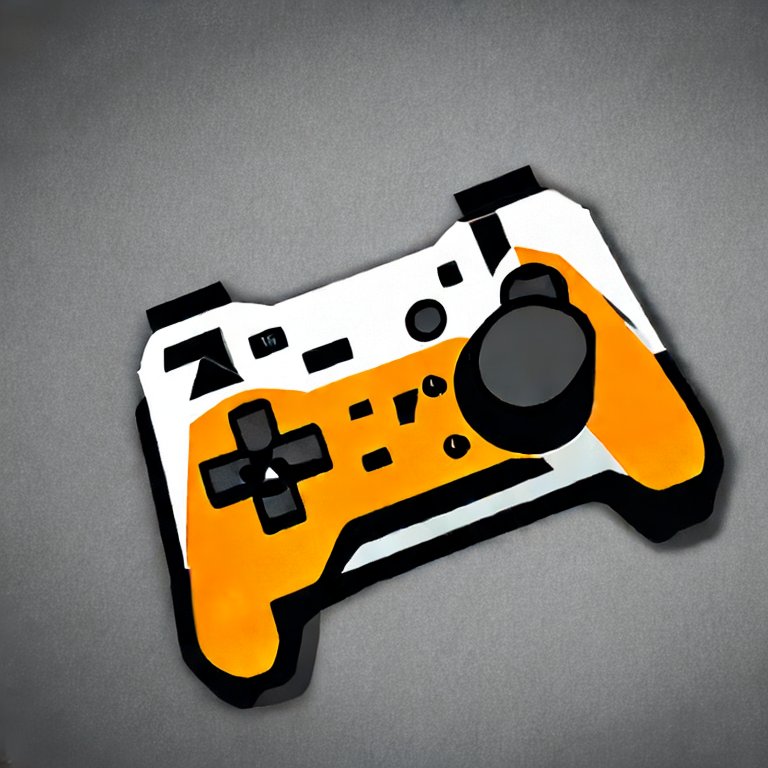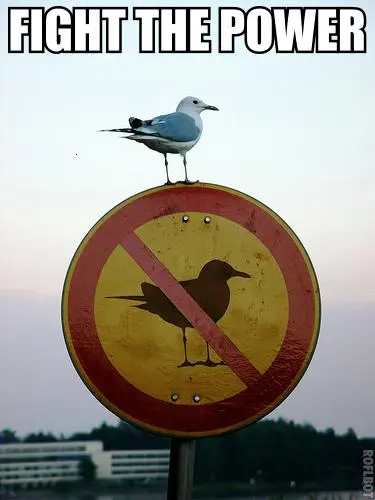Yeah, that’s the part that always gets downplayed in these ‘homeowner revenge’ stories. HOAs can really fuck you over. Sometimes they get bankrupted in a lawsuit, sometimes you lose your sanity and your home.
- 0 Posts
- 26 Comments

 0·7 months ago
0·7 months agoI love the little aside about the rust. Some journalists still have fun.

 1·7 months ago
1·7 months agoJesus, my friend cycles between mechanical efficiency and sexual orientations like a clown in a stripper juggling show. Now I know why!

 2·8 months ago
2·8 months agoNo, and yes. You can start a brand new account on the first day of a league and be at par with everyone else. The vast majority of the game is accessible with no demands on you aside from time and skill. Every purchase you make is cosmetic only, simply changing the way some spells look or giving you a pet that follows you around and looks cool while doing nothing extra.
The one exception? Stash tabs. Tabs that specialize in holding certain items for you in your stash. Tabs that let you sell items to others with greater ease. It has gotten to the point where if you want to be best of the best, you should probably have the extra tabs. Why? Because at the endgame, you’ll need to start trading for items that make your build sing, or simply eke out the extra 15% damage that multiplies with other sources to make your dps soar into the millions, because PoE is all about finding something that you can push past where it was supposed to stop being good. Without those stash tabs, making cool items or easily trading with others is much more difficult.
Now, how much would it cost you to be ‘competitive’ with tabs? Probably $10 at most. For a game that I’ve played for over a decade and probably 1000-2000 hours at this point, I think the <$100 bucks I’ve thrown their way is worth it. I have friends who love the game and likely have 3k+ hours in it, and they’ve only spent $150 or so. I think that’s pretty reasonable for that much enjoyment.

 22·8 months ago
22·8 months agoNo, it was a thing. The skit had them marrying, living together, and ended with one dying, and the other jumping out of the wheelchair while pointing at the dead one and screaming, “gay!”

 1·8 months ago
1·8 months agoYou were a christian scholar? Mind if I ask what sort of things you were interested in, when you were researching? I’m always curious about what the real intellectual types are pondering in their beliefs or church history.

 1·8 months ago
1·8 months agoI mean, as someone else pointed out in a comment here, they literally have it in the terms that they can track your sexual activity…

 1·8 months ago
1·8 months agoI think it’s supposed to be a delineation of arm/hand, because there’s the same thing at the leg/foot interface. Apparently wrists and ankles have a different color than the rest of you.

 4·8 months ago
4·8 months agoMaybe your phone, but the insurance company’s app lives on a relative’s phone, and it can determine the same things mentioned in the article.

 39·8 months ago
39·8 months agoI think a carburetor is a bit much. There are plenty of fuel injected machines that were built before insane spying became the new normal.
You don’t need a lasso of truth when you’re talking to crime victims and helpful witnesses, usually…
And takes in kids who are orphans or have issues and gets them to focus on positive things in life, like discipline, goal setting, and putting yourself in perilous situations while in armored spandex.

 2·8 months ago
2·8 months agoI think most science books are understandable by laypersons, except those that are memorization heavy, like biochemistry, or organic chemistry, or some parts of things like microbiology and pathophysiology. Statistics books and research design were pretty understandable, except for the actual math, heh. There really needs to be a push for people to read them casually, and encouraged to just stick to the concept parts and ignore the math and memorization of minor stuff. The free textbooks out there (I think openstax is pretty good, personally) are getting to the point where I think people might read them just for the ‘ooh’ part of science. Heck, it’s why psychology is such an enticing subject in the first place; it’s basically the degree of human interest facts.
I just thought that understanding the way the null hypothesis is used is important to really grasp what information the p is really conveying.
:D And for the parts about self reporting bias, and definitions and such, I was really, really having to hold myself back from talking about what makes your variables independent or dependent, operational definitions, ANOVA and MANOVA and t-tables and Cohen’s D value and the emphasis on not p but now the error bars and all the other lovely goodies. The stuff really brings me back, eh? ;)

 7·8 months ago
7·8 months agoTo expand on the other fella’s explanation:
In psychology especially, and some other fields, the ‘null hypothesis’ is used. That means that the researcher ‘assumes’ that there is no effect or difference in what he is measuring. If you know that the average person smiles 20 times a day, and you want to check if someone (person A) making jokes around a person (person B) all day makes person B smile more than average, you assume that there will be no change. In other words, the expected outcome is that person B will still smile 20 times a day.
The experiment is performed and data collected. In this example, how many times person B smiled during the day. Do that for a lot of people, and you have your data set. Let’s say that they discovered the average amount of smiles per day was 25 during the experimental procedure. Using some fancy statistics (not really fancy, but it sure can seem like it) you calculate the probability that you would get an average of 25 smiles a day if the assumption that making jokes around a person would not change the 20-per-day average. The more people that you experimented on, and the larger the deviance from the assumed average, the lower the probability. If the probability is less than 5%, you say that p<0.05, and for a research experiment like the one described above, that’s probably good enough for your field to pat you on the back and tell you that the ‘null hypothesis’ of there being no effect from your independent variable (the making jokes thing) is wrong, and you can confidently say that making jokes will cause people to smile more, on average.
If you are being more rigorous, or testing multiple independent variables at once, as you might for examining different therapies or drugs, you starting making your X smaller in the p<X statement. Good studies will predetermine what X they will use, so as to avoid making the mistake of settling on what was ‘good enough’ as a number that fits your data.

 33·8 months ago
33·8 months agoWhile high fructose corn syrup isn’t great for you, it’s clearly not the problem. The US domestic use of HFCS peaked in the 90s, yet obesity has continued to skyrocket.
 3·8 months ago
3·8 months agoThe permanent part is what drives me nuts. I can’t settle on a color for any of my stuff day-to-day. I would love to have walls, appliances, clothes, etc. all be able to change color at a whim. I would be horrified by any tattoo I had 25% of the time I had it, I guarantee.

 2·8 months ago
2·8 months agoI mean, gelugons sort of look like apes if you squint leftways.
Sure, but sometimes you want to see specific content, not see a bunch of content and sometimes see that thing you wanted to see an hour ago. By your logic, we could just get rid of communities and have nothing but an ‘all’ area.

 2·8 months ago
2·8 months agoSomewhere on Lemmy in the last two months. They had a link to a review about it. Sorry, there was a reason I hedged with “I think.”


I can’t remember the name of the book now, but in high school we read a ‘true’ story of child abuse. I’m sure it was edited to both tone down and turn up certain elements, but it was pretty much a brutal shock to people who are mostly from decent families that love them. Whether the kids were rich, poor, or middle class in my school, just about everyone there could at least return home to parents that didn’t commit those horrors.
I remember the diapers, the exposure to the elements, and the way the other children were pitted against the abused kid, and honestly? It was the emotional abuse that was the worst to read.